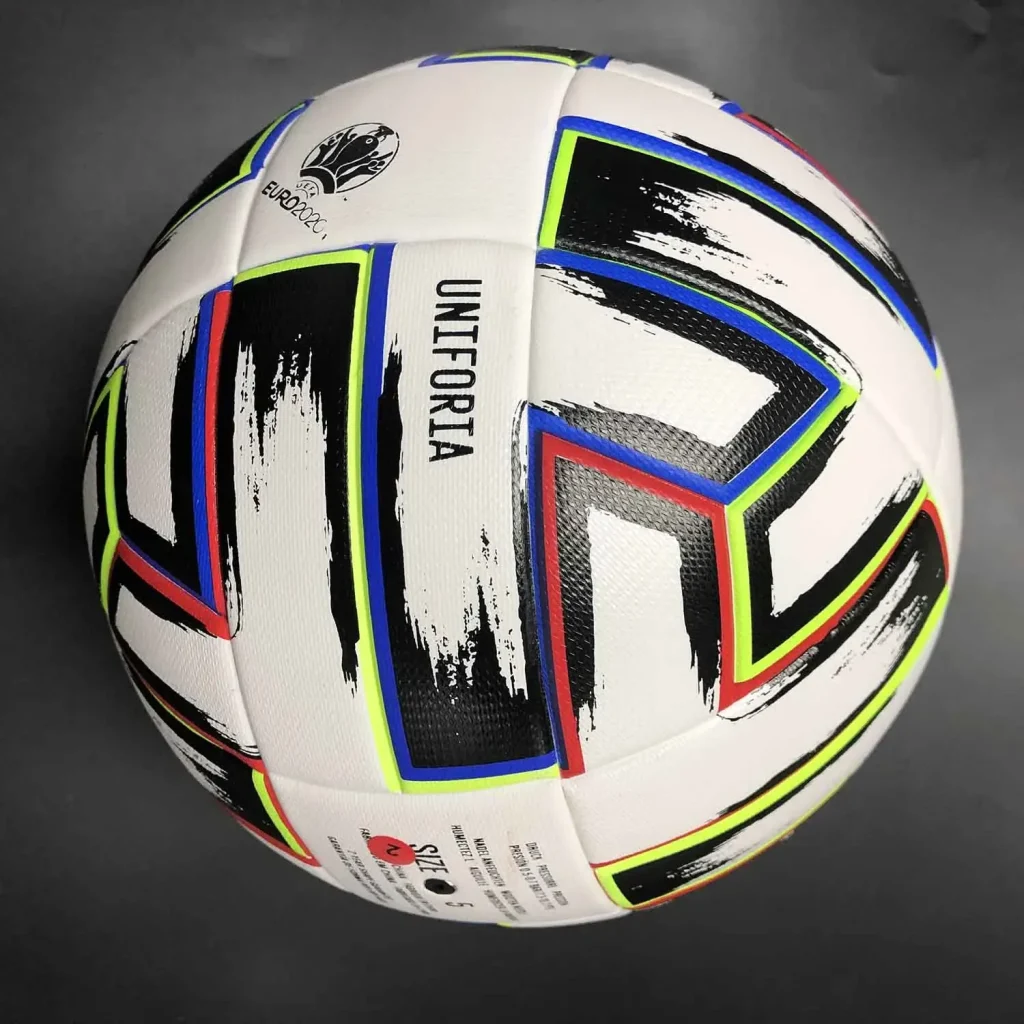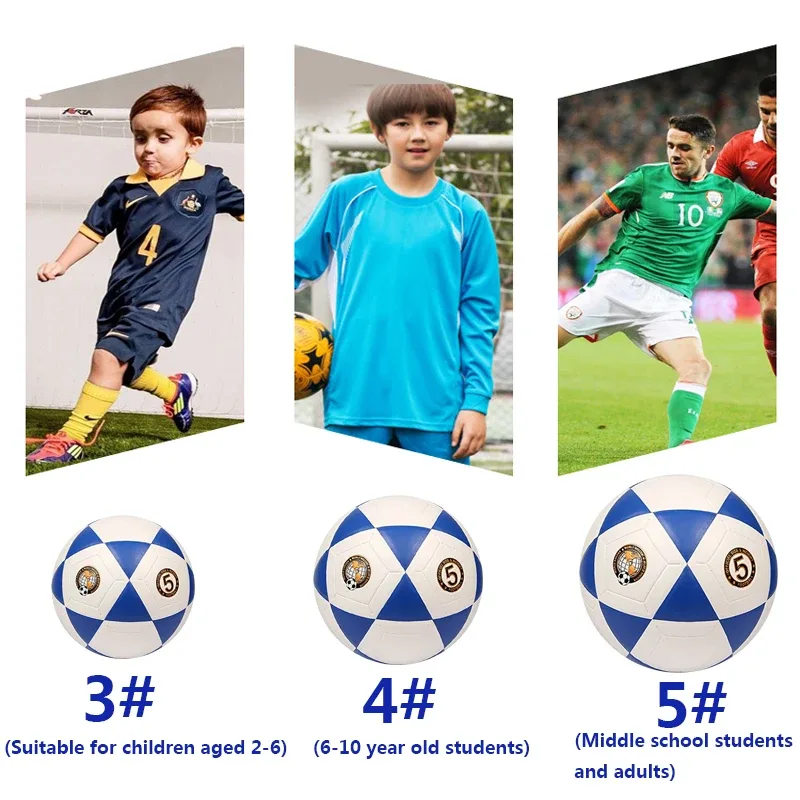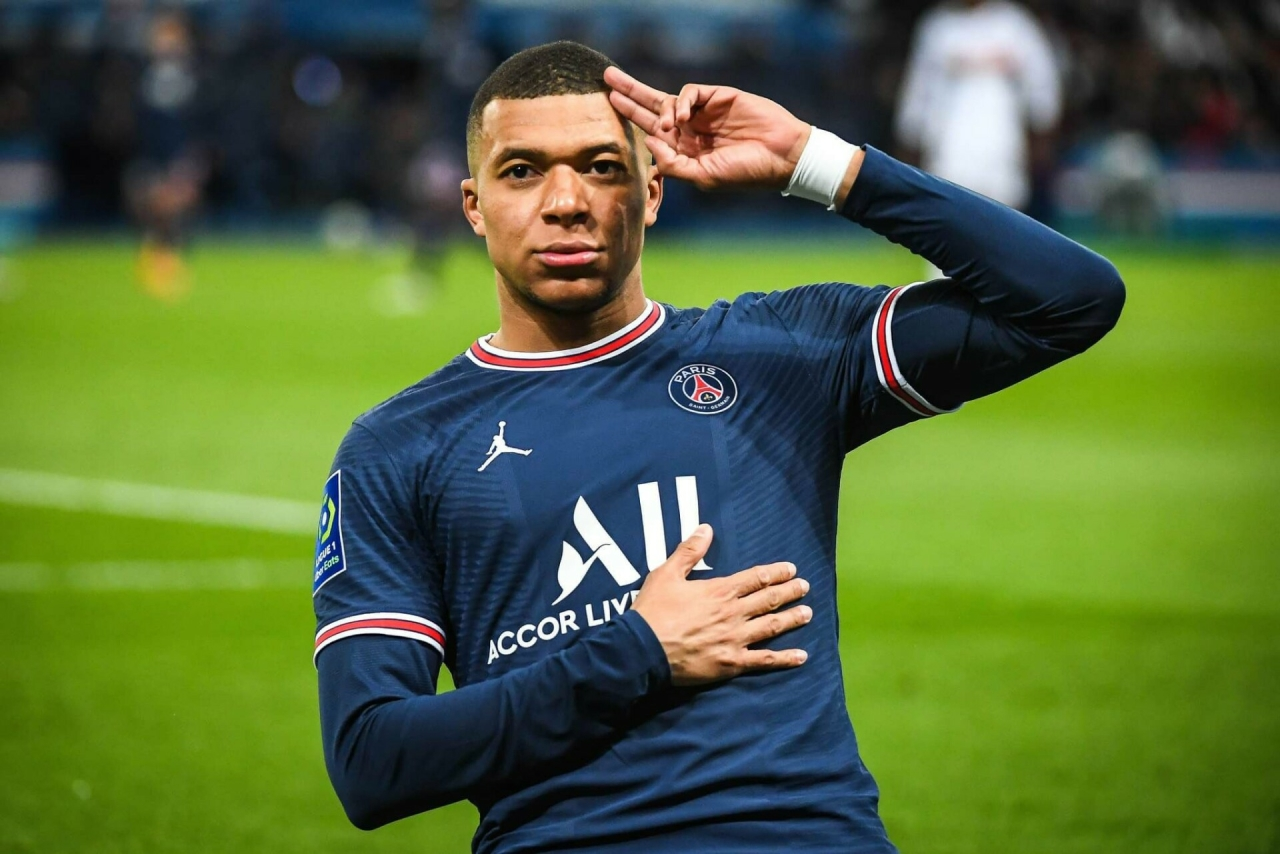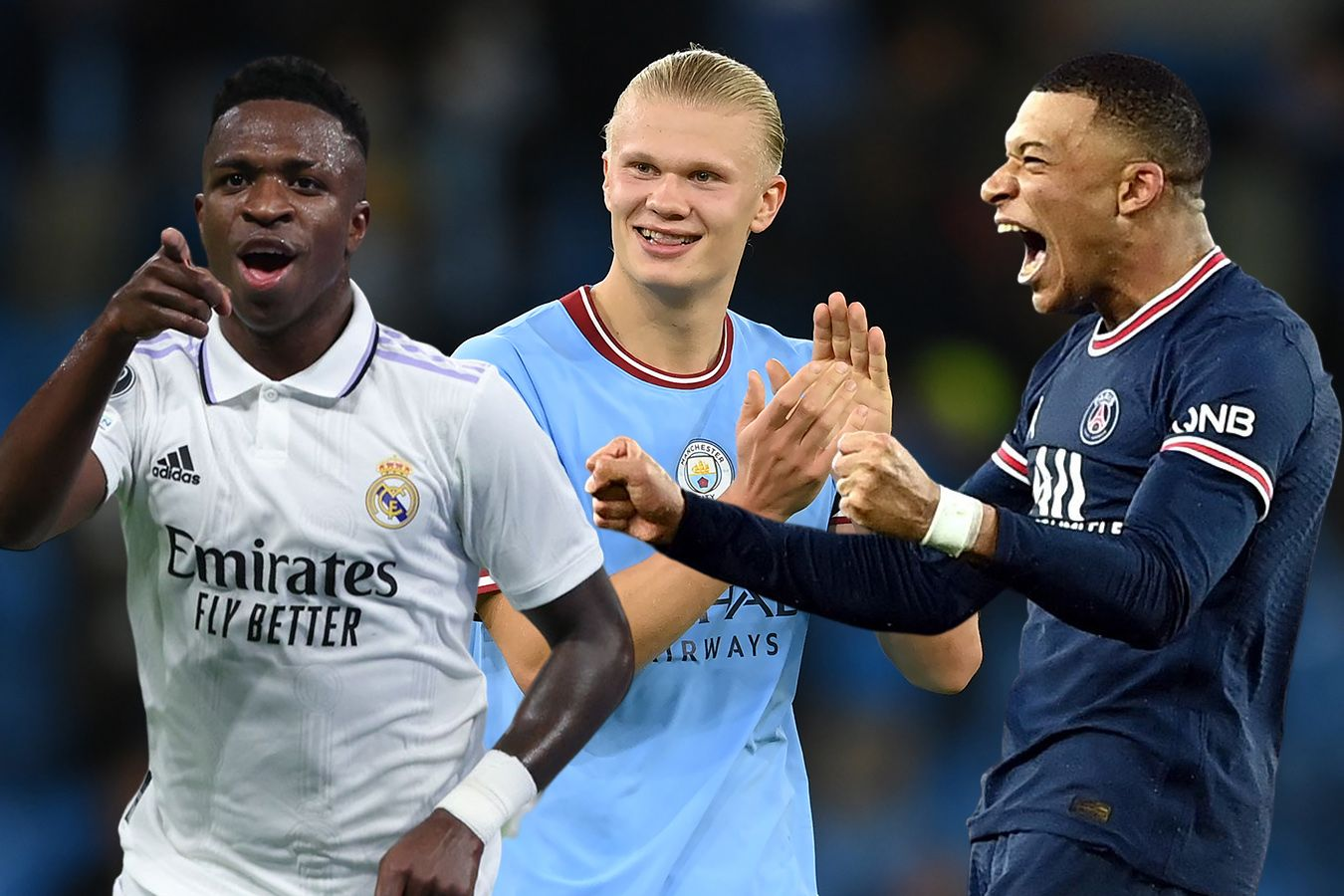Choosing high-quality sports equipment directly affects the effectiveness of the training process and the safety of the players. The question of how to choose a good soccer ball arises not only for professionals but also for parents, coaches, mini soccer and futsal enthusiasts.
How to Choose a Good Soccer Ball: Key Evaluation Criteria
The modern market offers dozens of options, differing in size, weight, ball cover material, type of bladder, and panel connection method. To ensure that the purchase meets its purpose—whether it’s for a children’s section, a match on natural grass, or training in a hall—it is necessary to refer to the standards and parameters approved by FIFA.

Purpose and Level of Play
The first parameter to consider when choosing is the purpose. A lightweight option with a soft cover is suitable for children’s sports, while for adult games aiming for results, a FIFA-certified ball is required. The question of how to choose a good soccer ball often depends on the goal: training, tournament, futsal, or street game. Each scenario requires its own set of characteristics.
Sizes and Weight: Age Correspondence
Standard soccer ball sizes range from #1 to #5. The latter is used in official adult team games. For younger children, sizes #3 and #4 are used, which have a smaller diameter and weight. The optimal weight for a size #5 soccer ball is between 410 and 450 grams. Lighter alternatives are used in training to minimize injuries and adapt to technique.
Materials: Cover and Bladder
Choosing a good soccer ball is a question that requires attention to detail. The quality of the material affects bounce, surface grip, and durability. Modern professional options are made from polyurethane with micro-texture.
The bladder—the inner part—can be latex or butyl. The former provides better control, while the latter ensures pressure stability. The panel connection also plays a role: hand-stitched seams are better for playing on hard surfaces, while thermally bonded seams are suitable for official matches.
Main Characteristics of a Soccer Ball: What to Consider When Buying
 Before making a purchase, it is necessary to analyze the main parameters. Below is a list of criteria that objectively help determine which soccer ball to choose depending on the conditions and goals:
Before making a purchase, it is necessary to analyze the main parameters. Below is a list of criteria that objectively help determine which soccer ball to choose depending on the conditions and goals:
- size—chosen based on age category and type of game;
- weight—affects the force of impact, trajectory, and strain on ligaments;
- cover material—determines resistance to moisture, grip, and durability;
- bladder—responsible for maintaining pressure and bounce stability;
- panel connection type—affects waterproofing and roundness;
- certification—FIFA QUALITY PRO marked balls meet international requirements;
- purpose—different models are used for indoor, outdoor, grass, or sand play.
Considering these parameters allows for a more informed approach to choosing a good soccer ball for a specific format.
Best Materials and Manufacturing Technologies
A soccer ball consists of several layers, each of which affects the playing characteristics. The cover serves a protective function and provides manageability. Polyurethane, especially multilayered, is considered the best choice for professional models.
Synthetic leather with microfiber additives is the standard for training. A foam underlayer softens impacts and increases comfort during play. Hand stitching makes the construction durable, while thermal bonding enhances moisture resistance.
What Soccer Ball to Choose for Kids?
Choosing a good soccer ball for a child is a task where safety and comfort are particularly important. Critical parameters for young players include weight, softness of the cover, and bounce control. Size #3 or #4 options are optimal for children up to 12 years old. A weight of up to 350 grams reduces the risk of injuries and facilitates learning basic skills.
A butyl bladder is preferable as it better retains shape and does not require constant inflation. If the goal is to buy a soccer ball for indoor training, consider indoor models with reduced bounce.
How to Choose a Good Soccer Ball: Types by Purpose
There is no universal ball. The choice depends on where and by whom it will be used. The following list helps to navigate:
- professional soccer ball—certified to FIFA standards, made of polyurethane with a latex bladder, ideally balanced in bounce and weight;
- amateur—versatile but often lacks precision in bounce and assembly quality;
- training—durable, with a reinforced underlayer and butyl bladder;
- for mini-soccer—smaller diameter, with reduced bounce;
- futsal—soft cover, stable bounce, weight matching adult standards.
Thus, proper classification helps avoid mistakes in purchasing and extends the ball’s service life.
How to Determine the Quality of a Ball Before Buying?
When choosing, it is important not only to read the labeling but also to conduct a preliminary check. The following tips help assess the ball in practice:
- the ball should be perfectly round, without seams, protrusions, or irregularities;
- when compressed, it should not lose its shape or be overly soft;
- the bounce should be elastic but not uncontrollable;
- when spinning, it should maintain its trajectory without wobbling;
- panels should be evenly connected, without gaps.
These nuances determine how to choose a good soccer ball that will be comfortable to play with and resistant to wear.
Where to Buy a Soccer Ball and What to Look For?
It is better to make a purchase at trusted sports equipment stores or from official distributors. It is advisable to prefer brands recognized by FIFA—Adidas, Nike, Select, Puma.
Pay attention to the packaging, the presence of a technical passport, and labeling with information on material, weight, and standards. When buying online, make sure to check the return policy and product certification.

Conclusion
 Understanding the technical characteristics and standards allows for an objective decision on how to choose a good soccer ball for specific purposes.
Understanding the technical characteristics and standards allows for an objective decision on how to choose a good soccer ball for specific purposes.
For professional play, a certified model is required, while lighter or training versions are suitable for children and enthusiasts. The right choice starts with the goal and ends with checking the quality and suitability for playing conditions.
 en
en  de
de  ar
ar  es
es  nl
nl  hi
hi  fr
fr  it
it  pt
pt  el
el 










